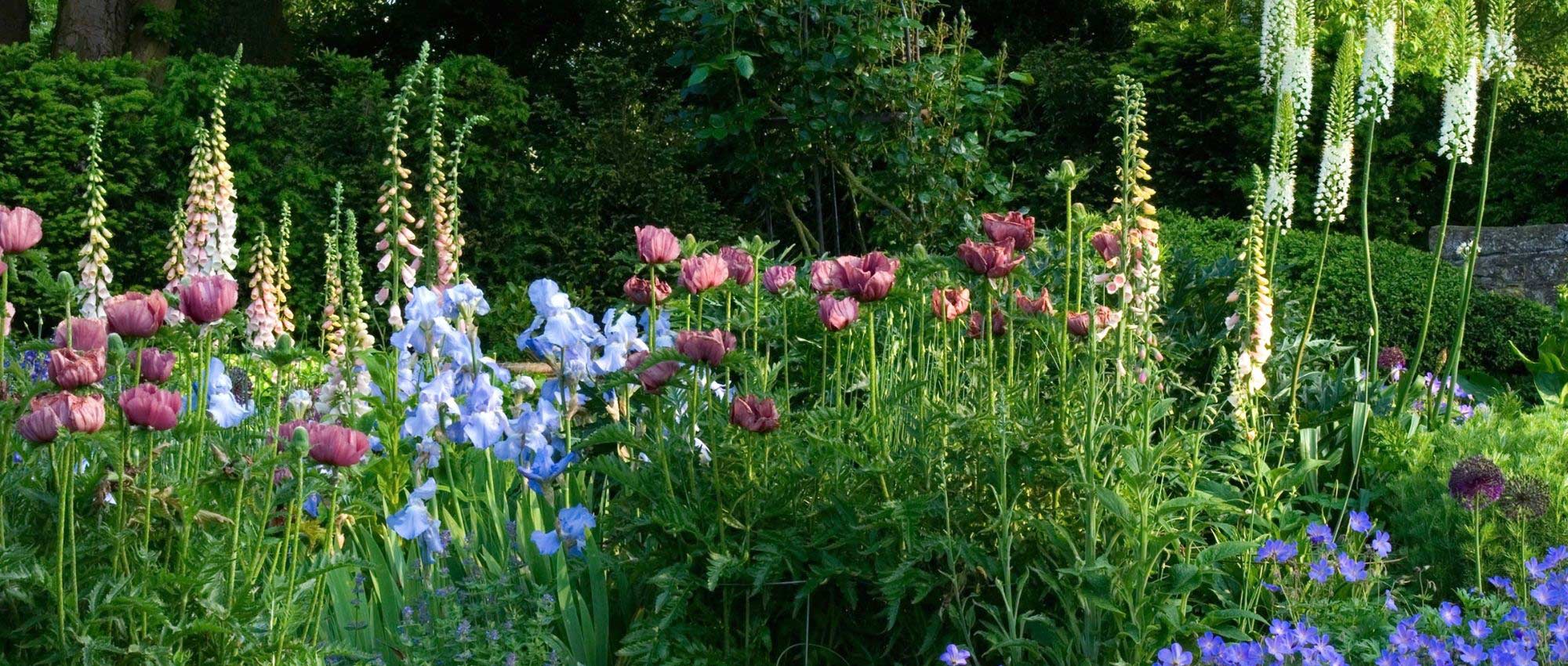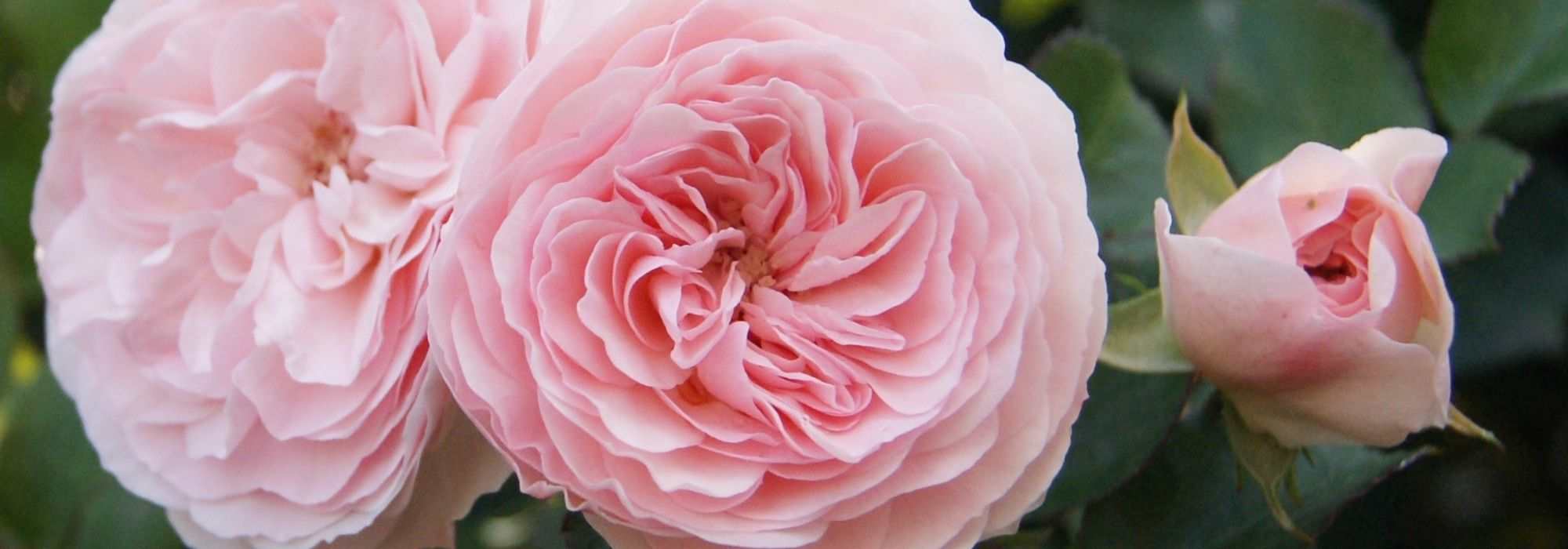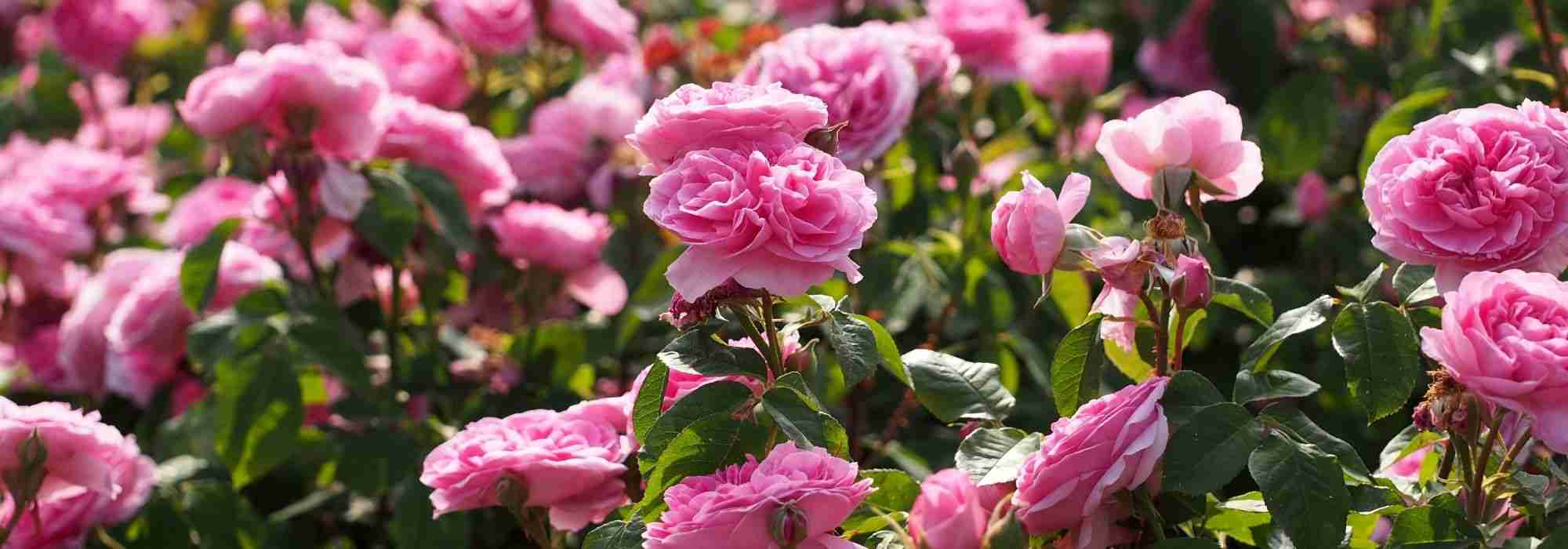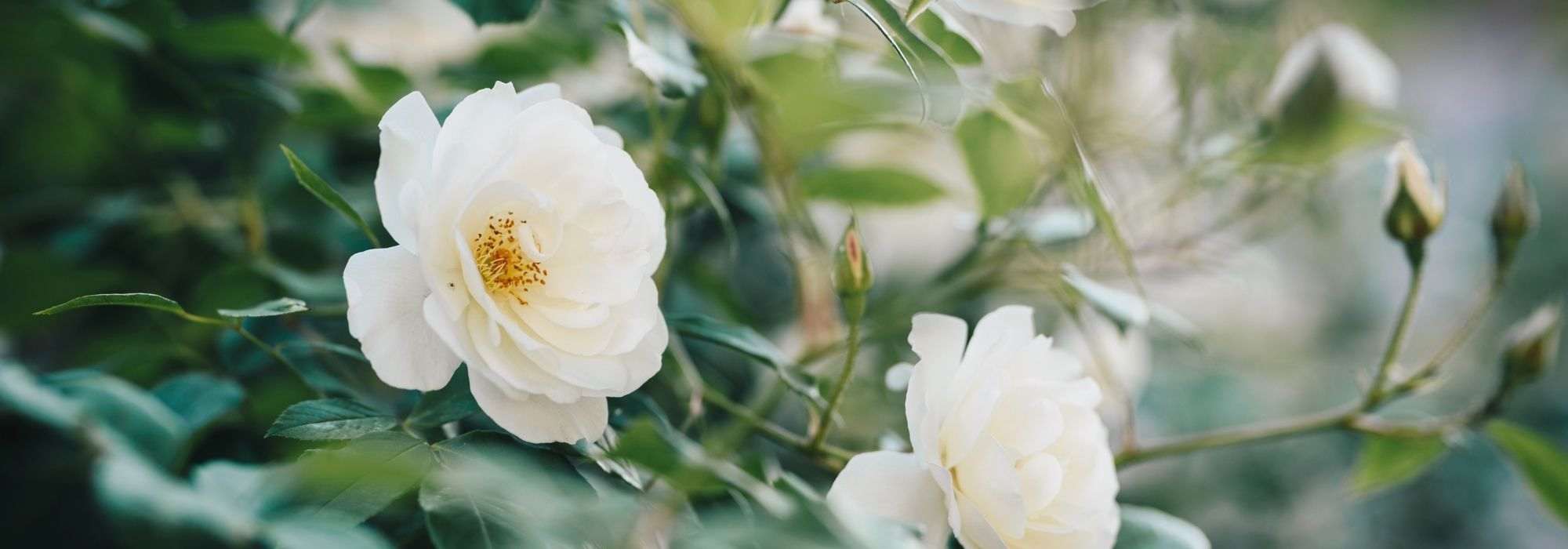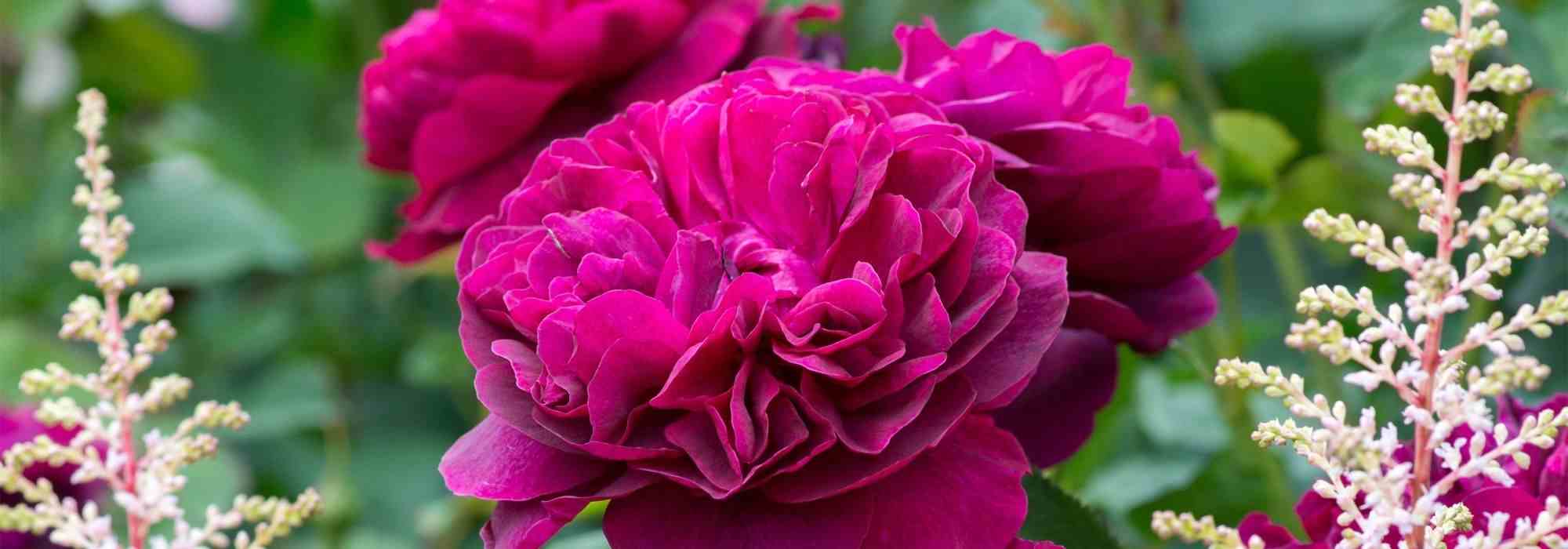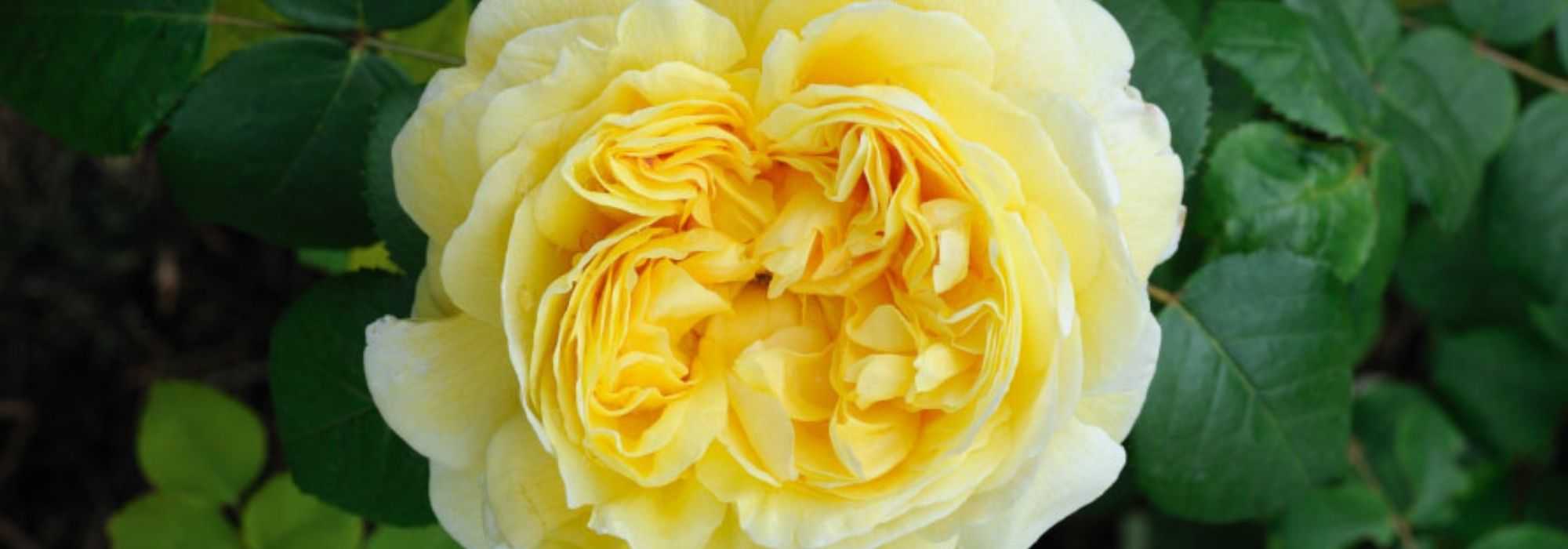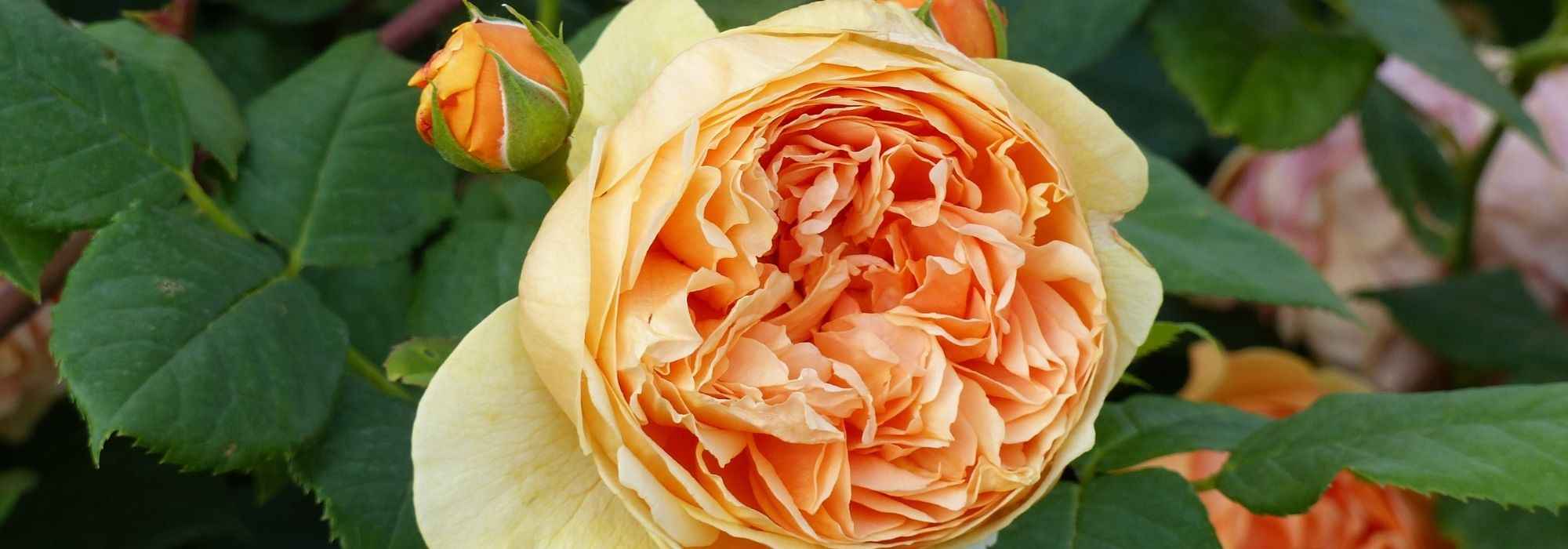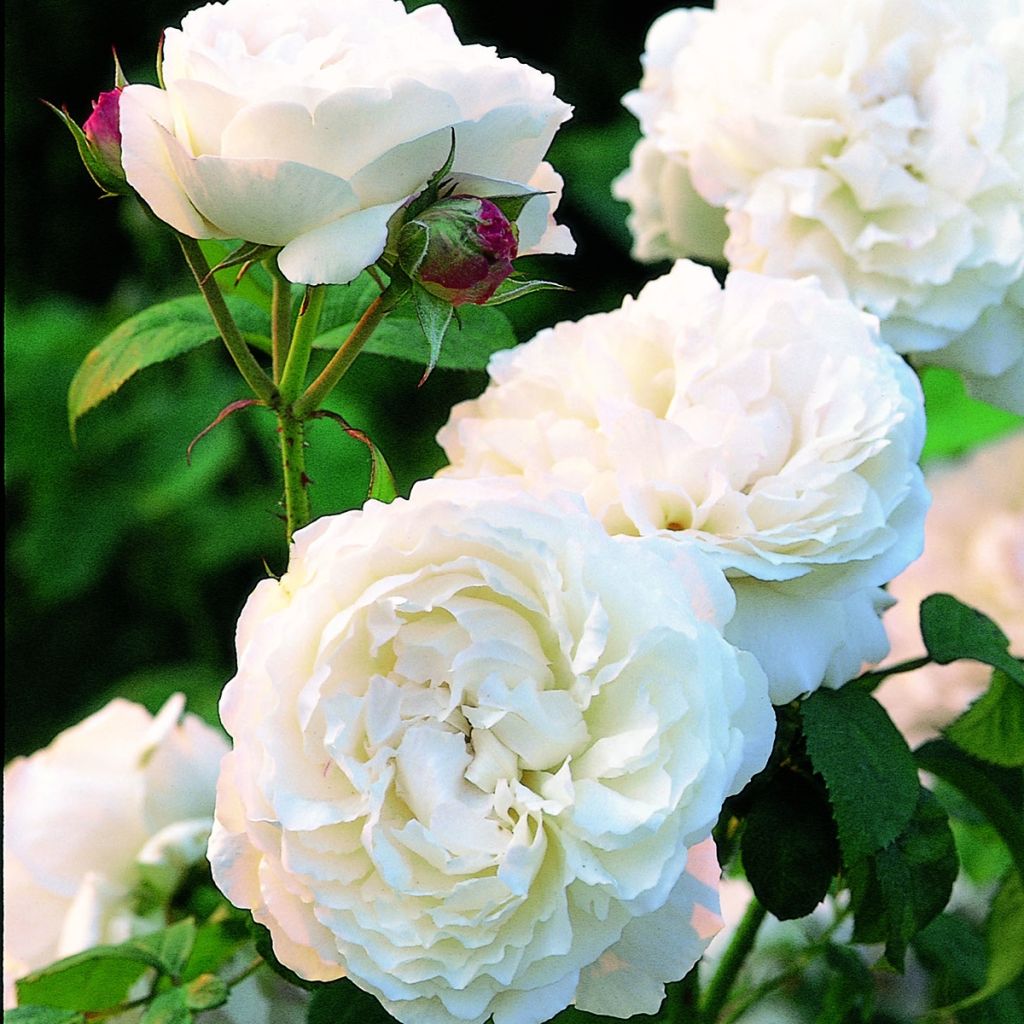

Rosa 'Winchester Cathedral' - English Rose


Rosa 'Winchester Cathedral' - English Rose
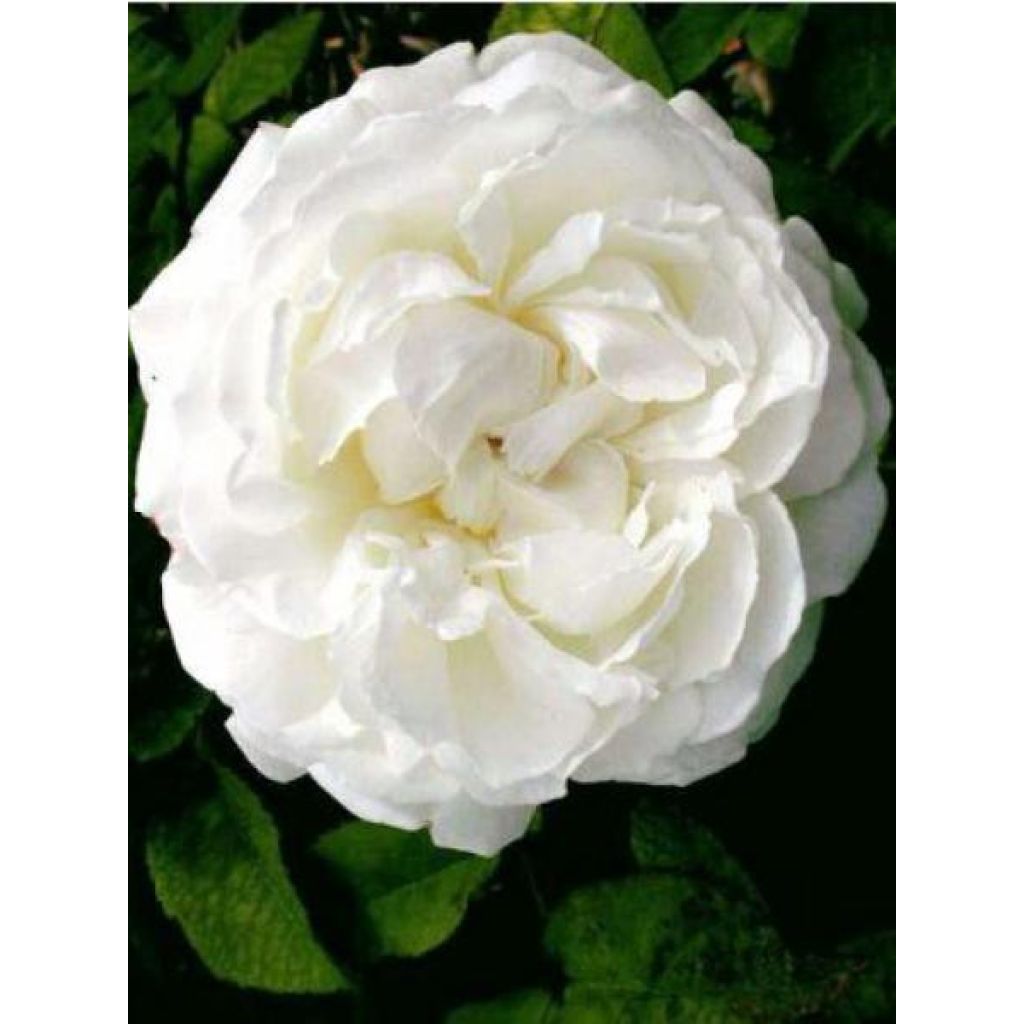

Rosa 'Winchester Cathedral' - English Rose
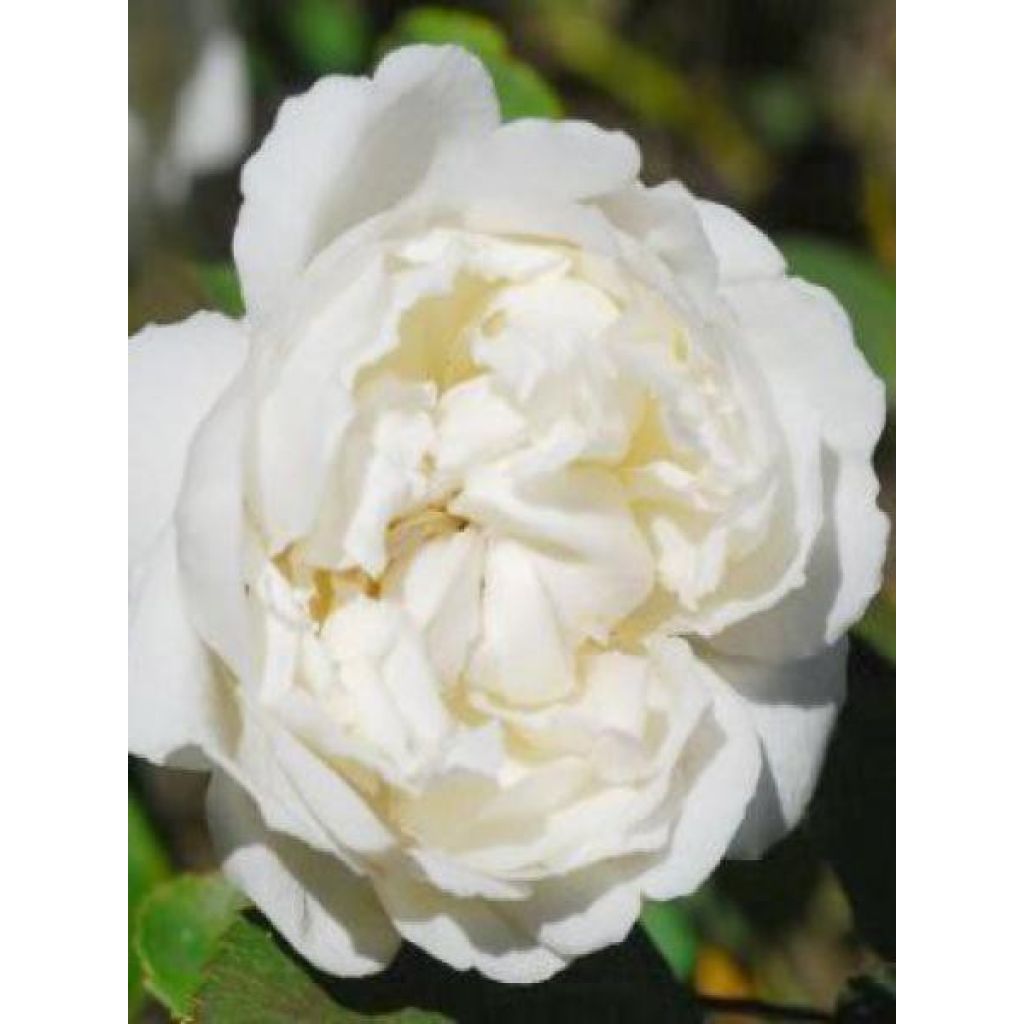

Rosa 'Winchester Cathedral' - English Rose
View more pictures
Hide images
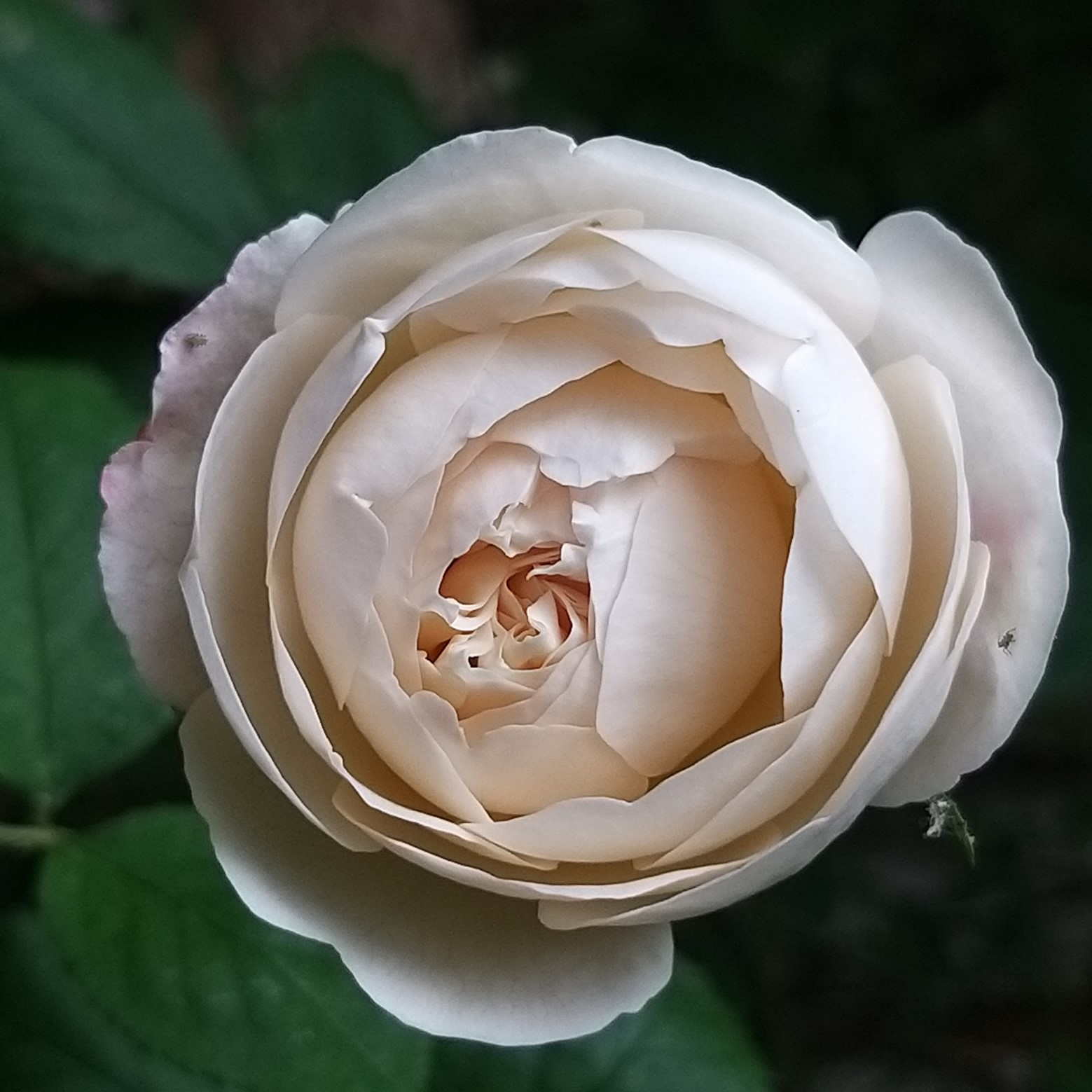
Thierry P.

April flowering - image 41 - Depending on the flowers, there are shades of pink.
Thierry P. • 84 FR
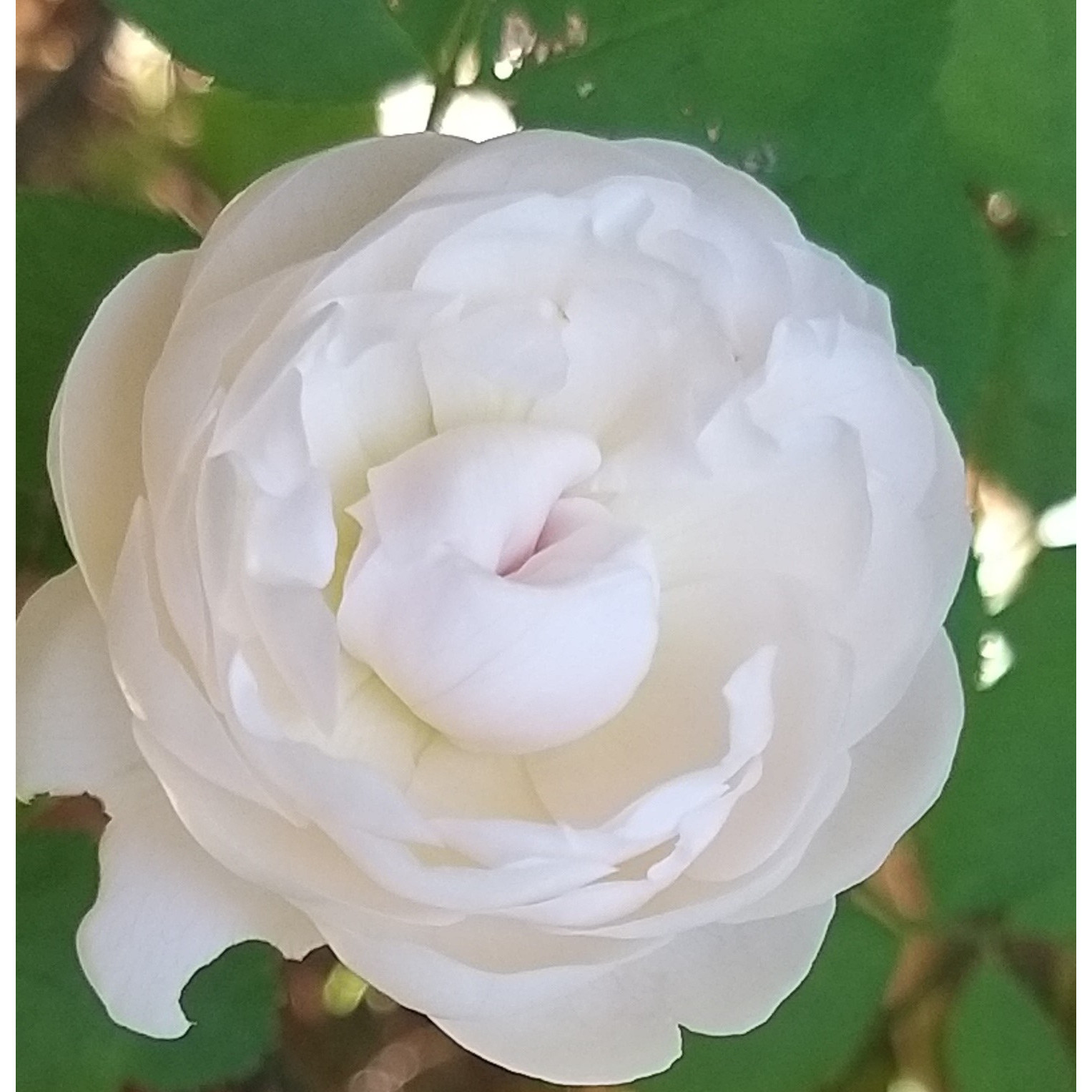
Thierry P.

September flowering - image 40
Thierry P. • 84 FR
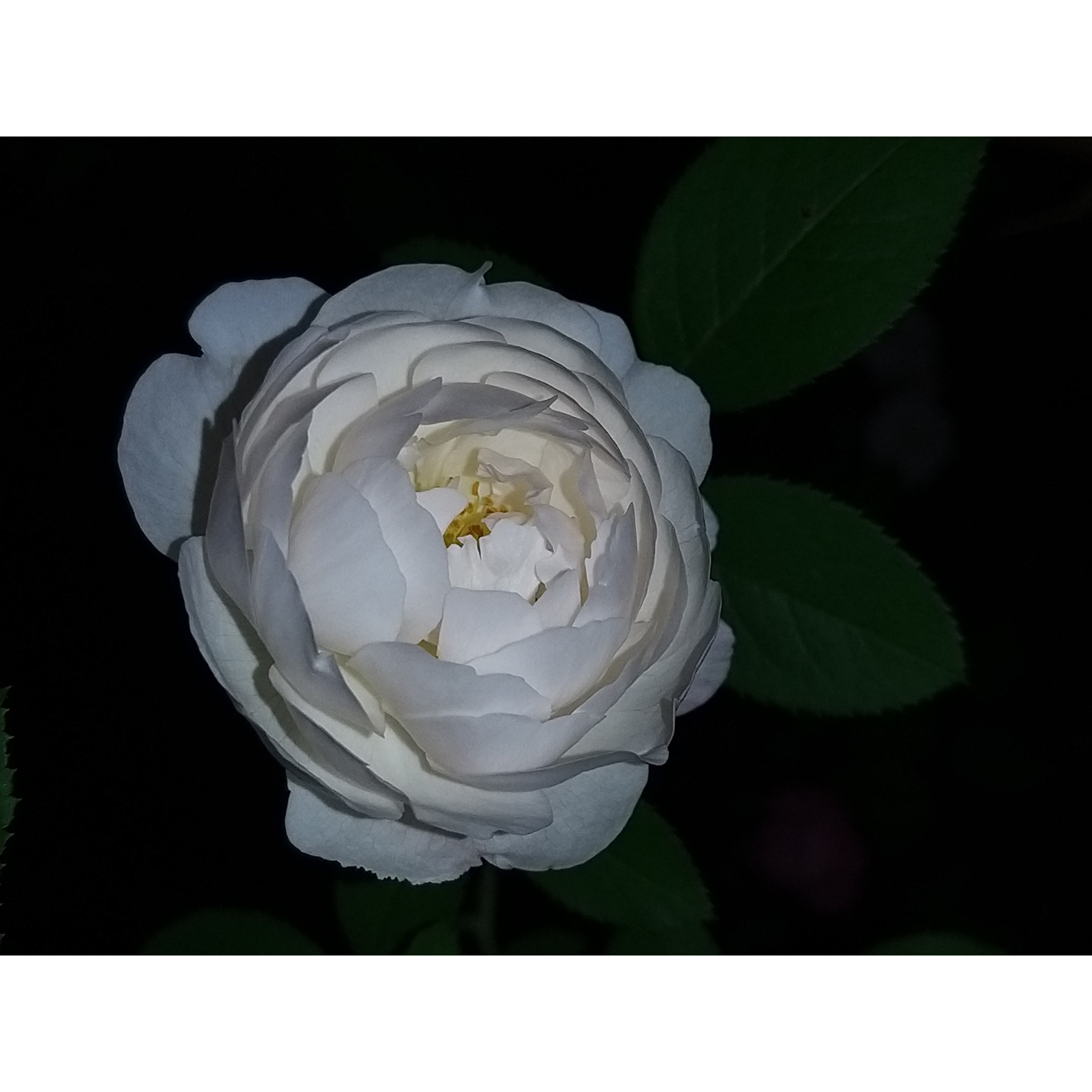
Thierry P.

September flowering - image 33
Thierry P. • 84 FR
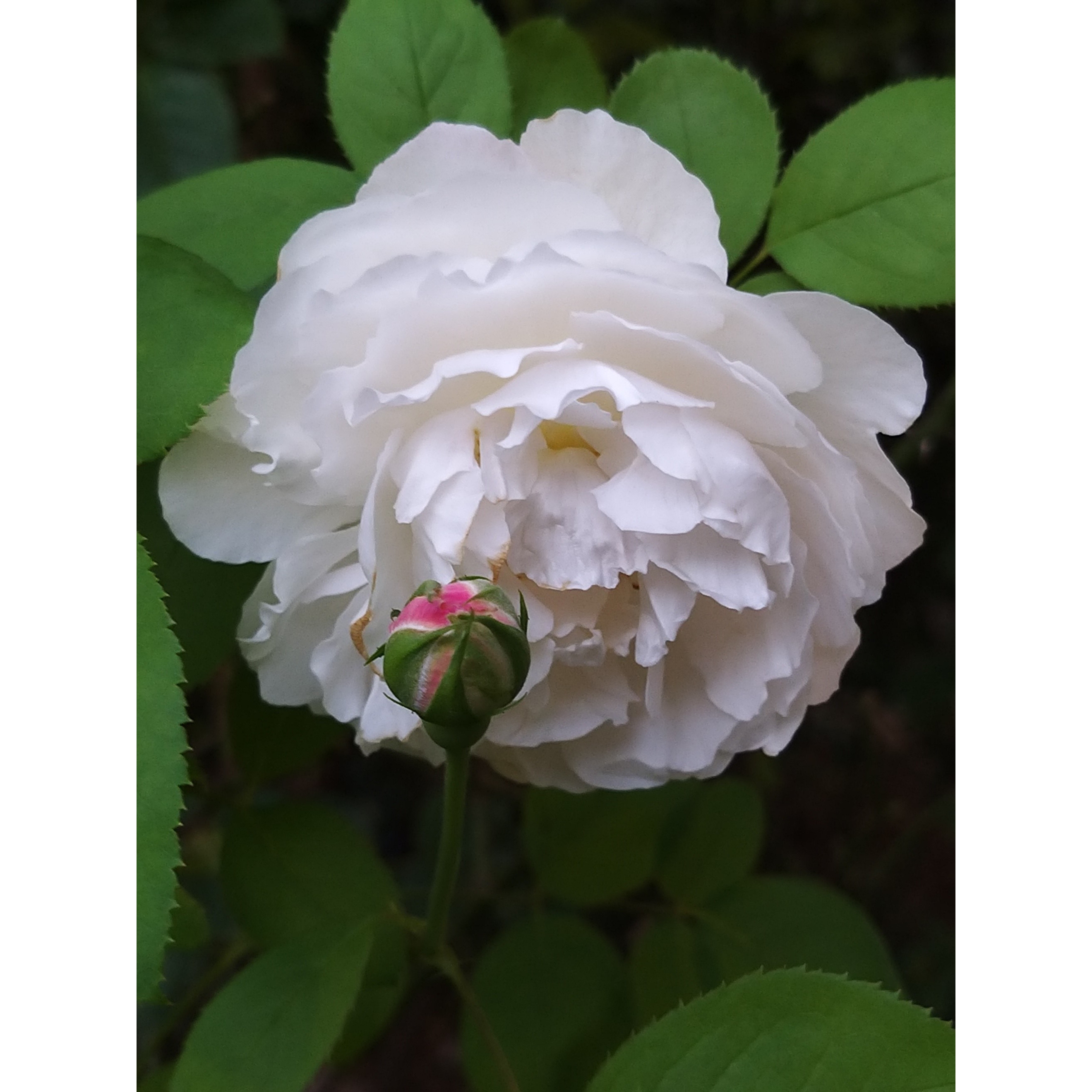
Thierry P.

September flowering - image 32
Thierry P. • 84 FR
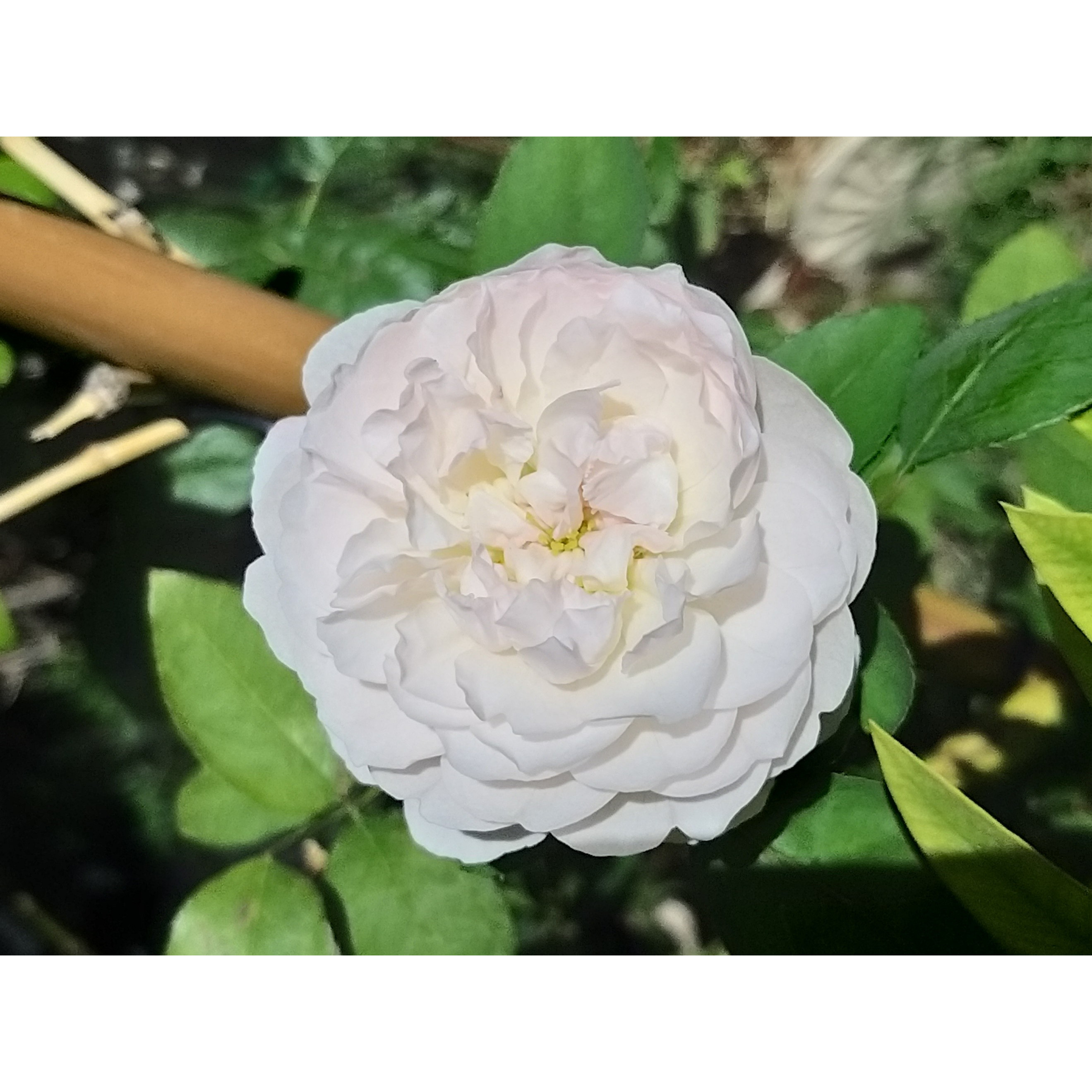
Thierry P.

August flowering - image 31
Thierry P. • 84 FR
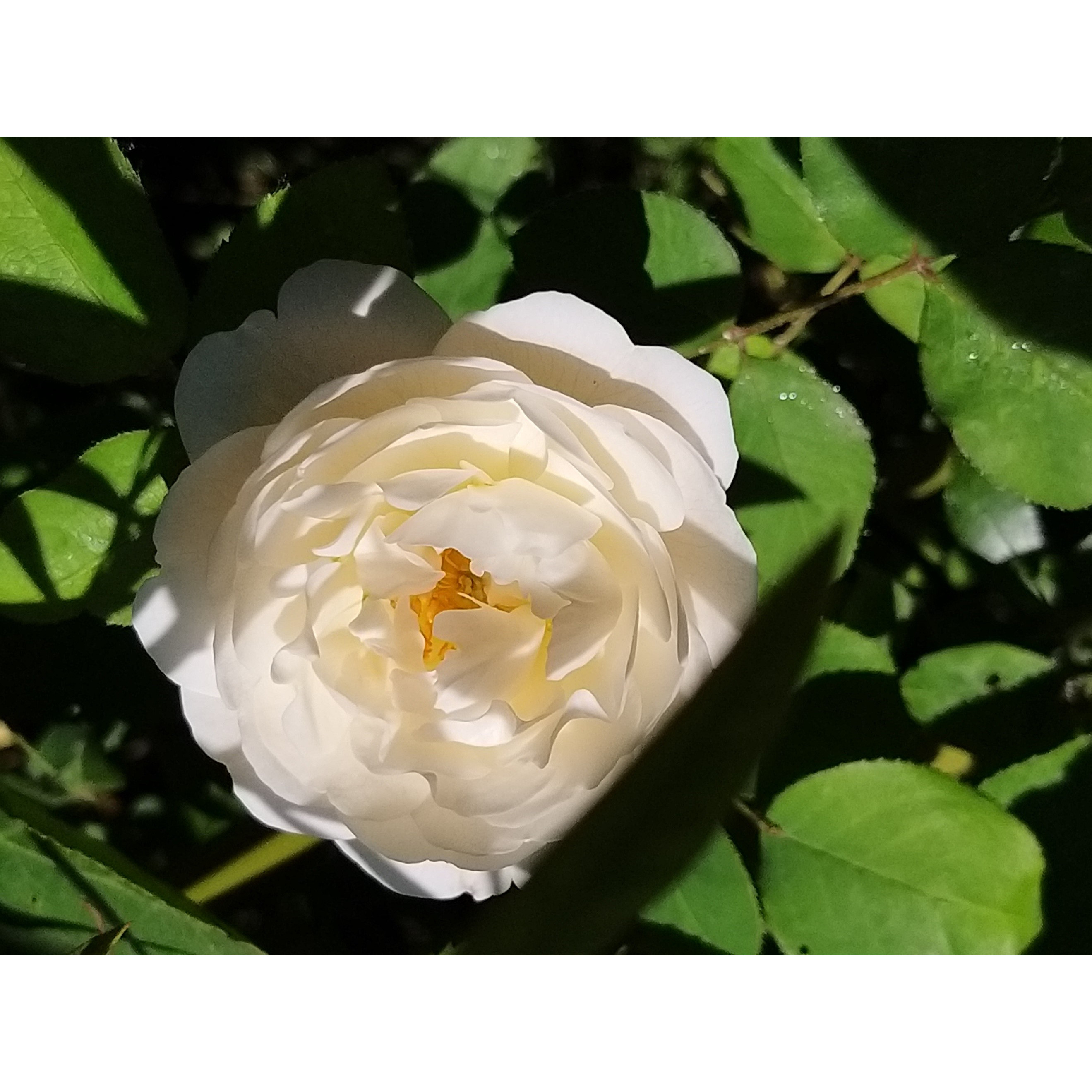
Thierry P.

May flowering - image 28
Thierry P. • 84 FR
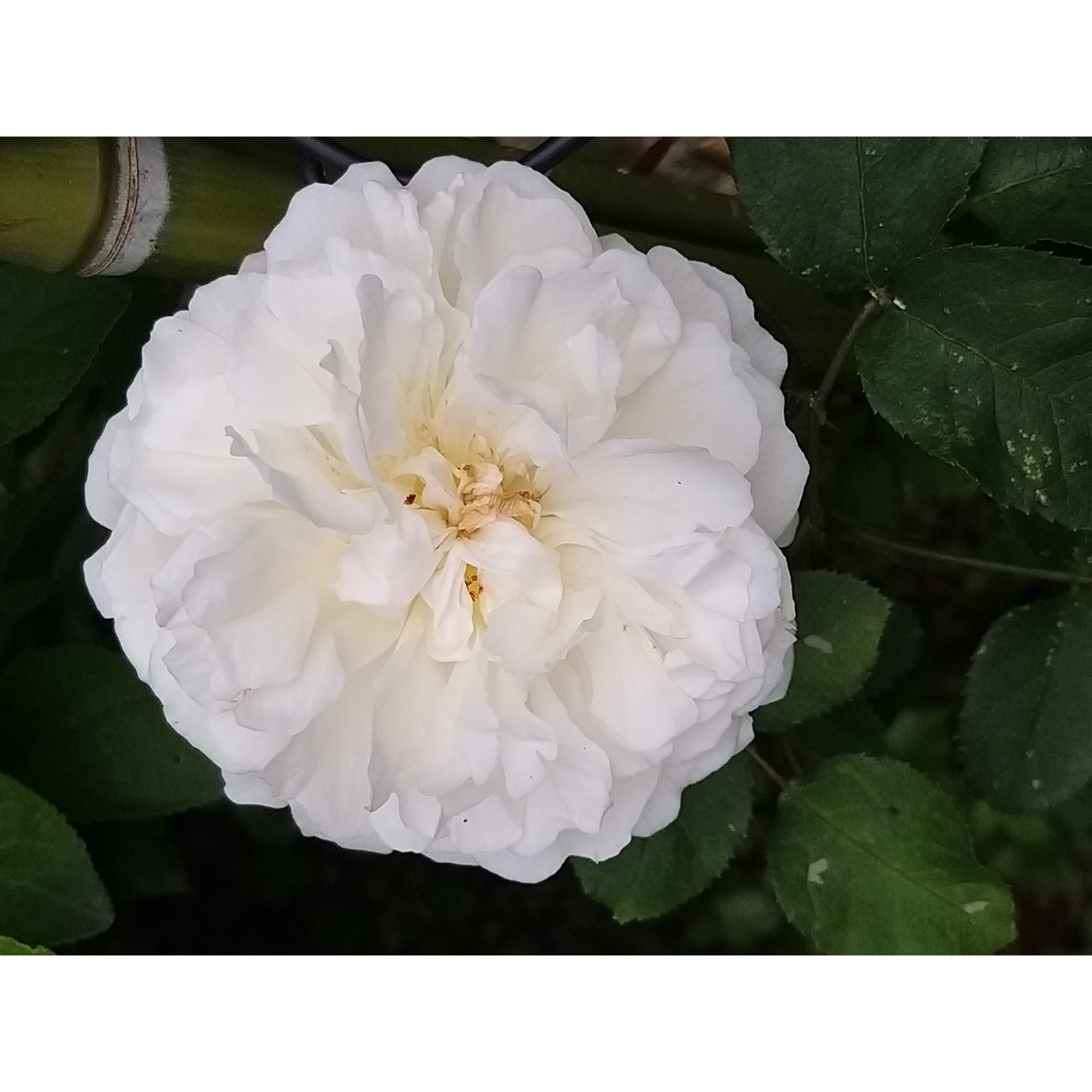
Thierry P.

April flowering - image 26
Thierry P. • 84 FR
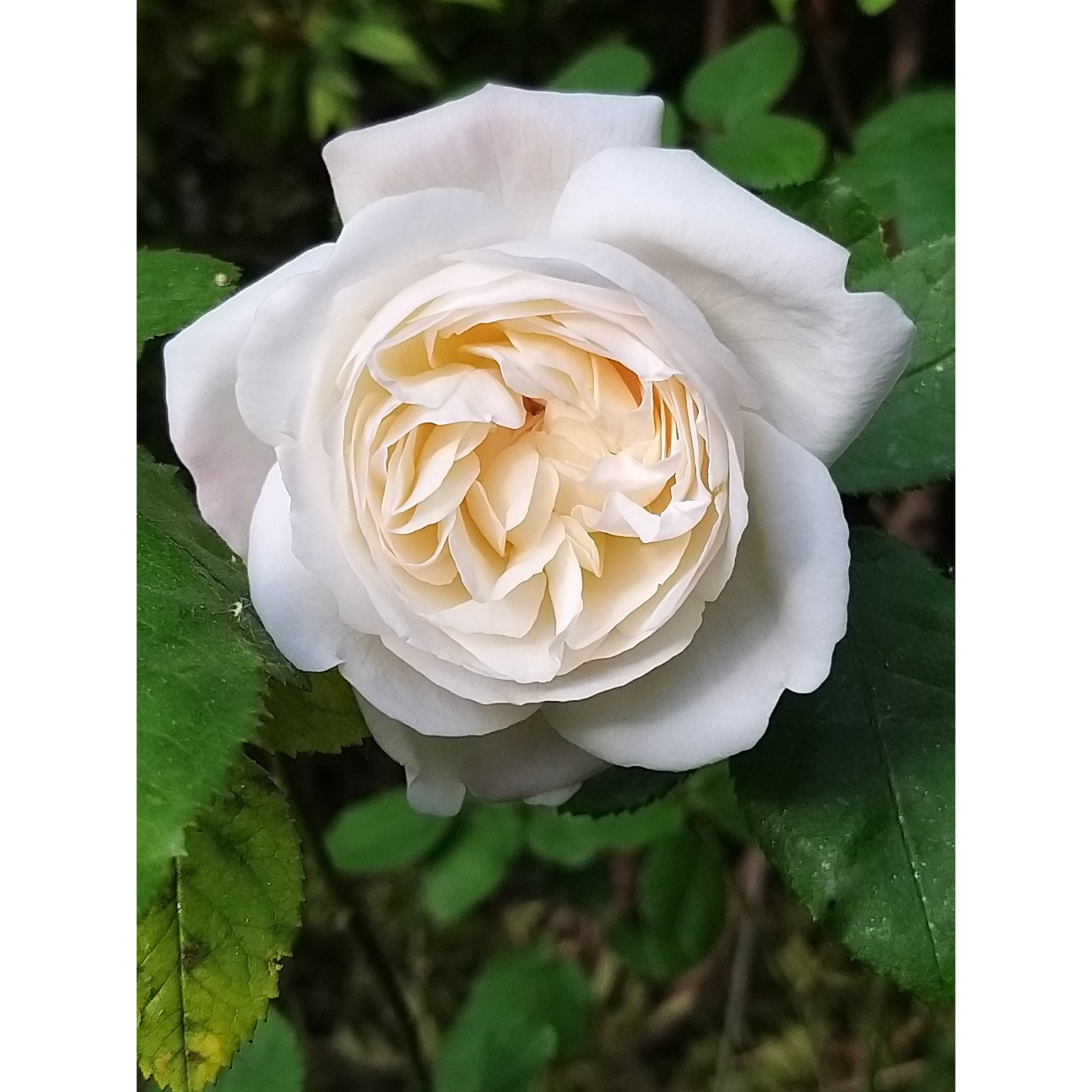
Thierry P.

April flowering - image 21
Thierry P. • 84 FR

Thierry P.

No text to translate.
Thierry P. • 84 FR
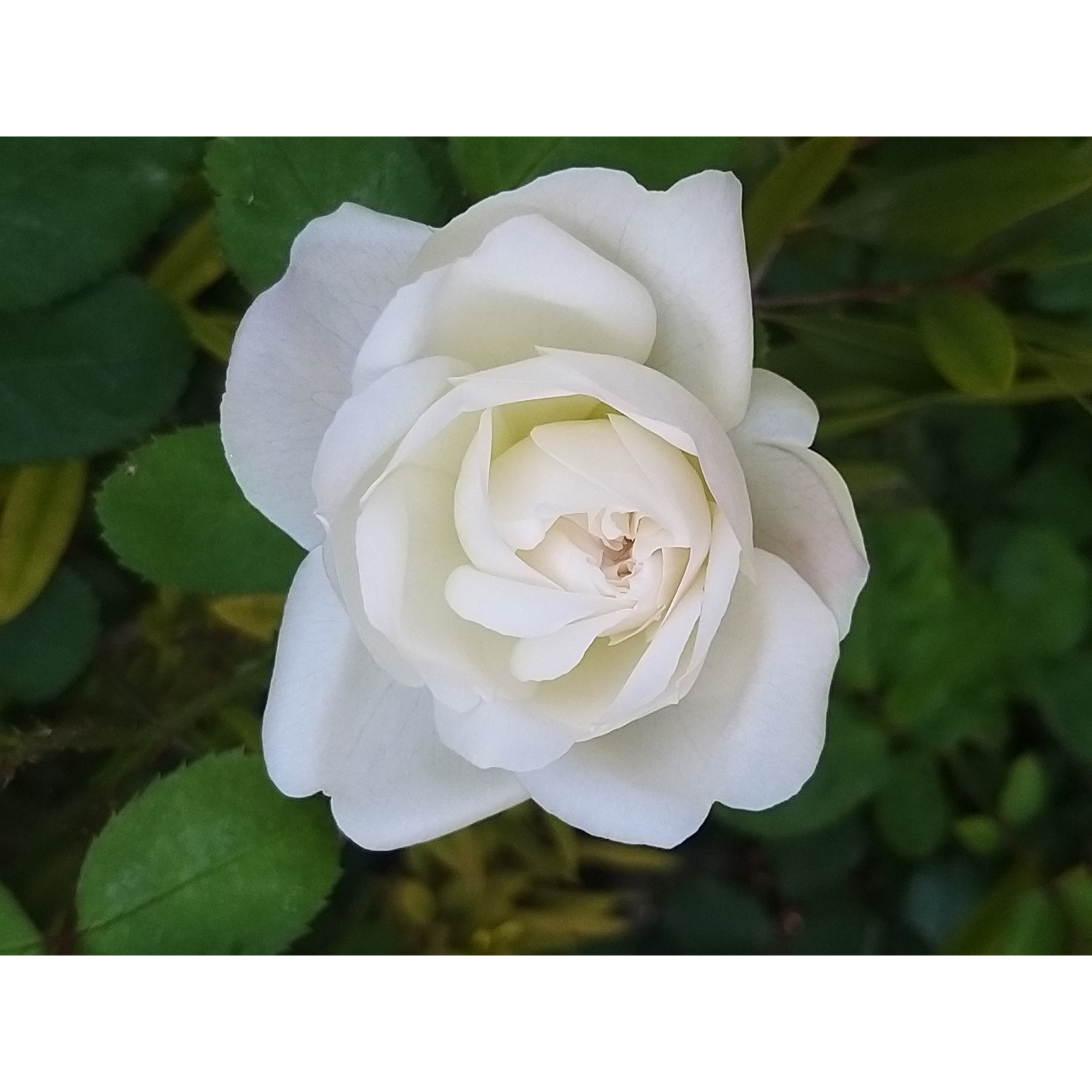
Thierry P.

No text to translate.
Thierry P. • 84 FR
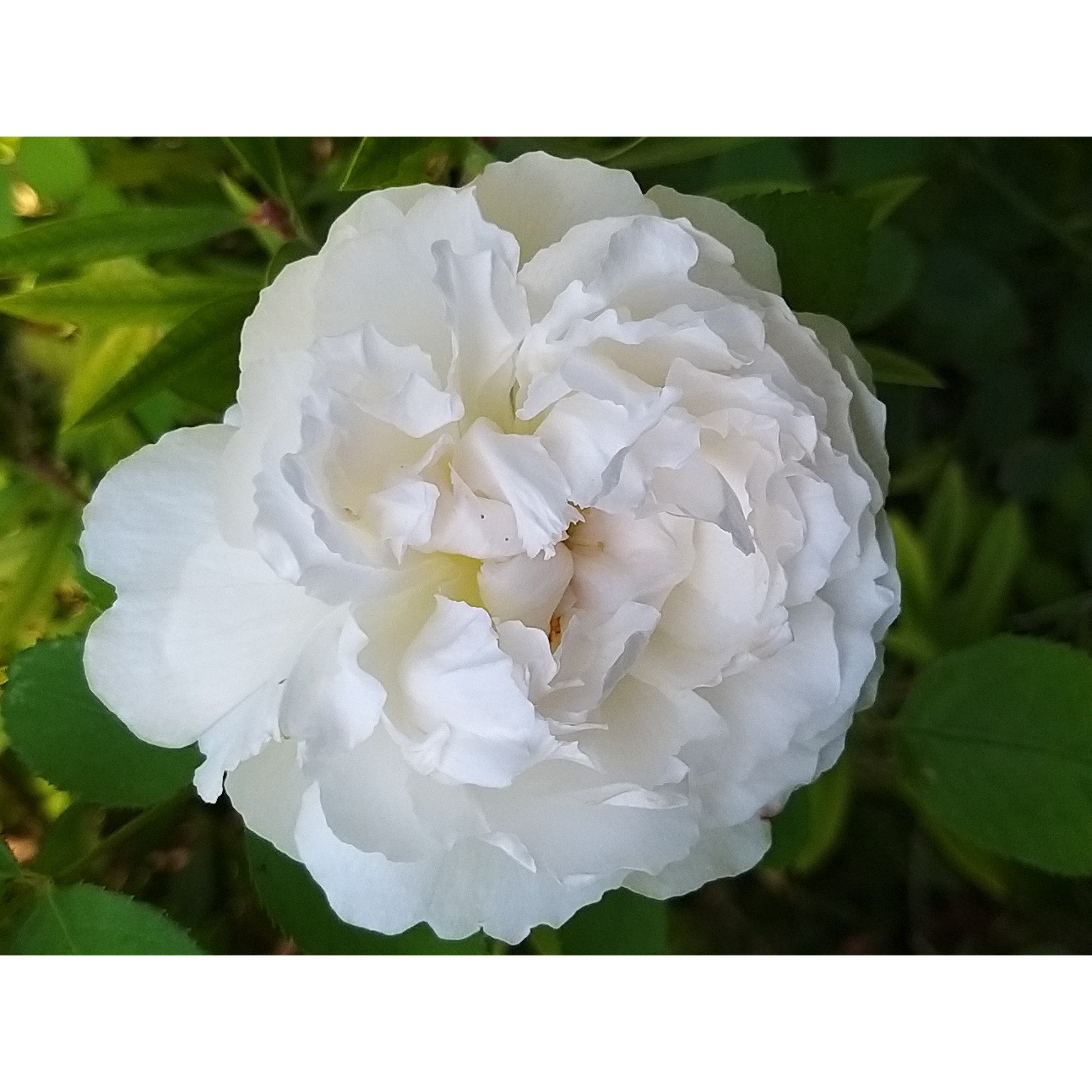
Thierry P.

No text to translate.
Thierry P. • 84 FR
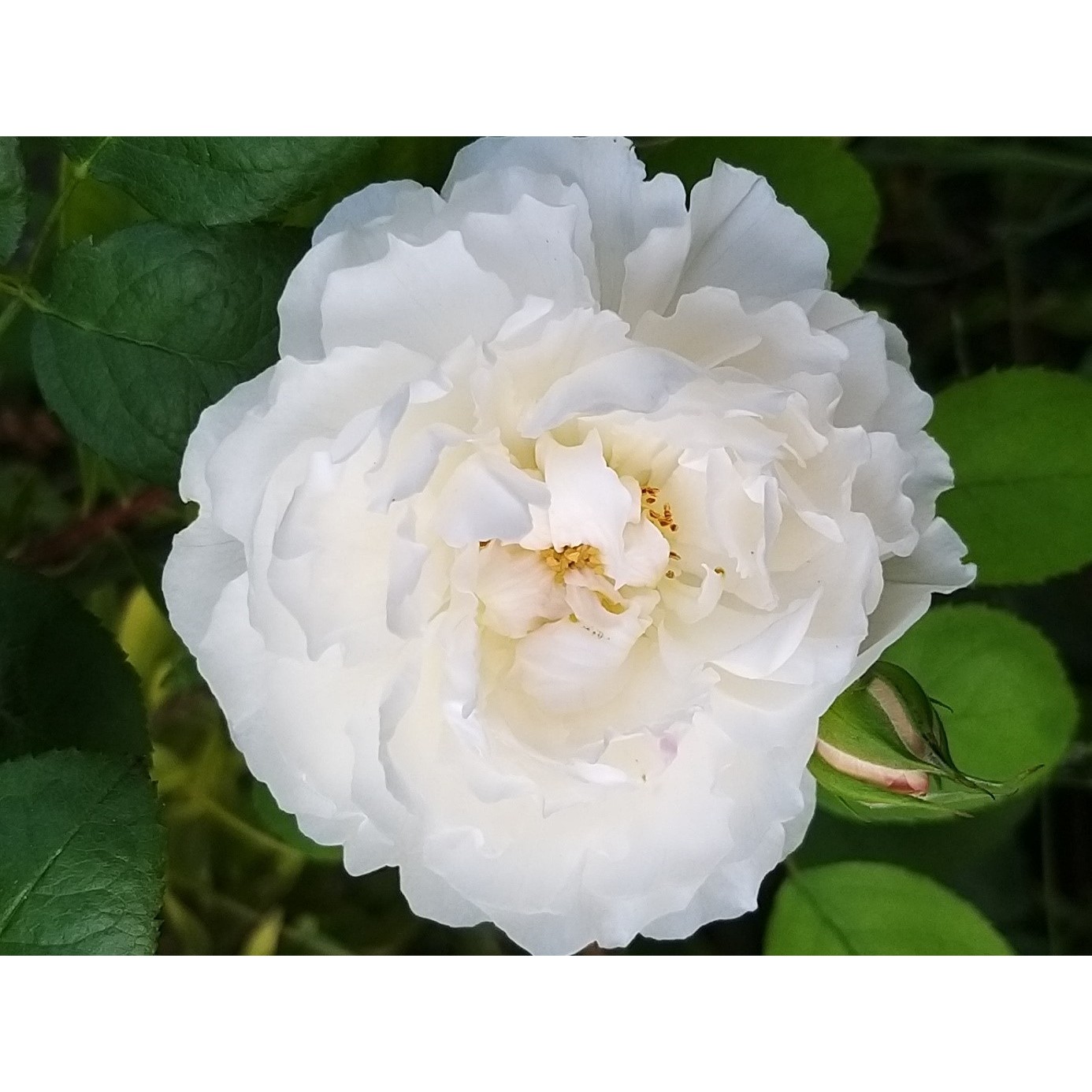
Thierry P.

September flowering - image 14
Thierry P. • 84 FR
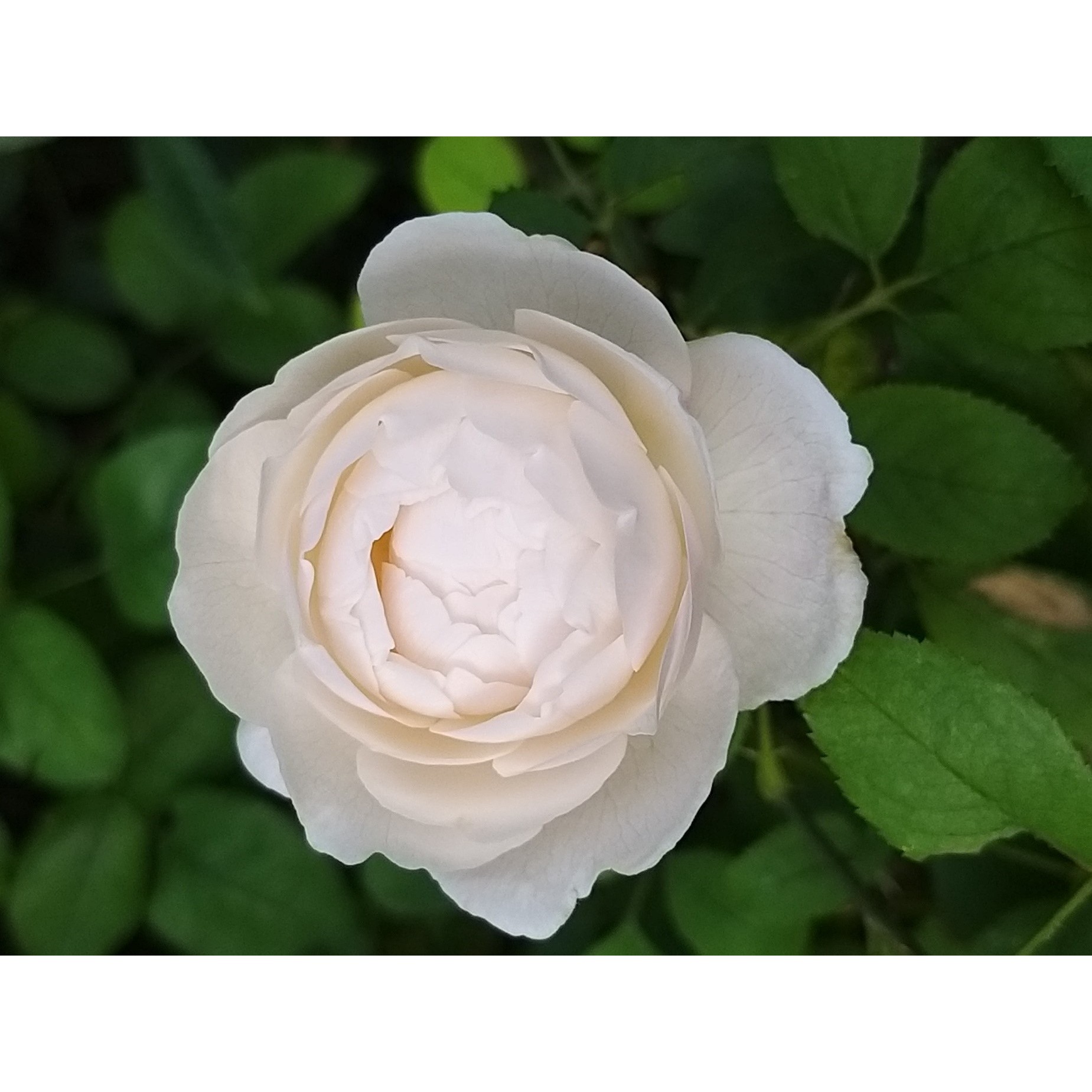
Thierry P.

September flowering - image 13
Thierry P. • 84 FR
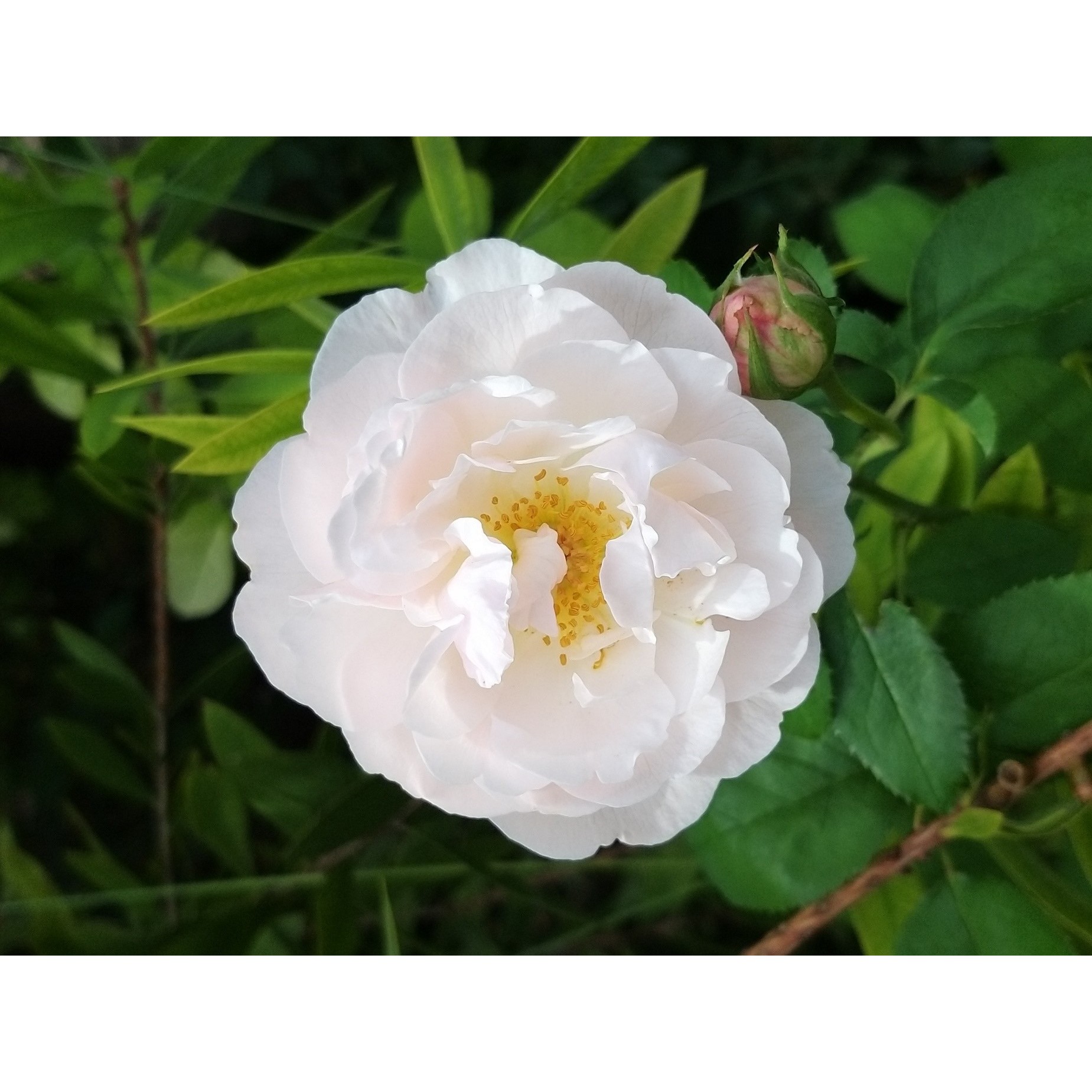
Thierry P.

No text to translate.
Thierry P. • 84 FR
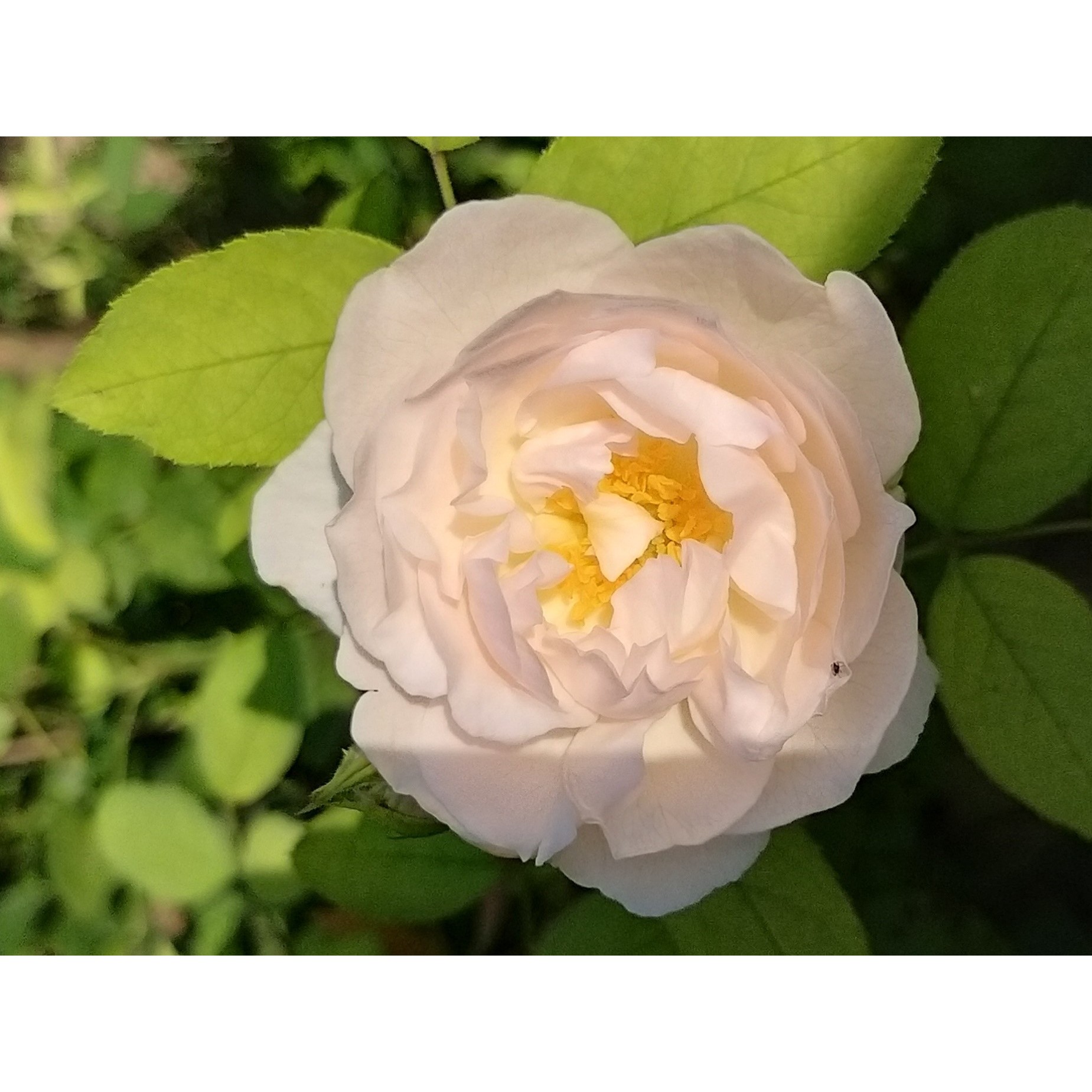
Thierry P.

N/A
Thierry P. • 84 FR
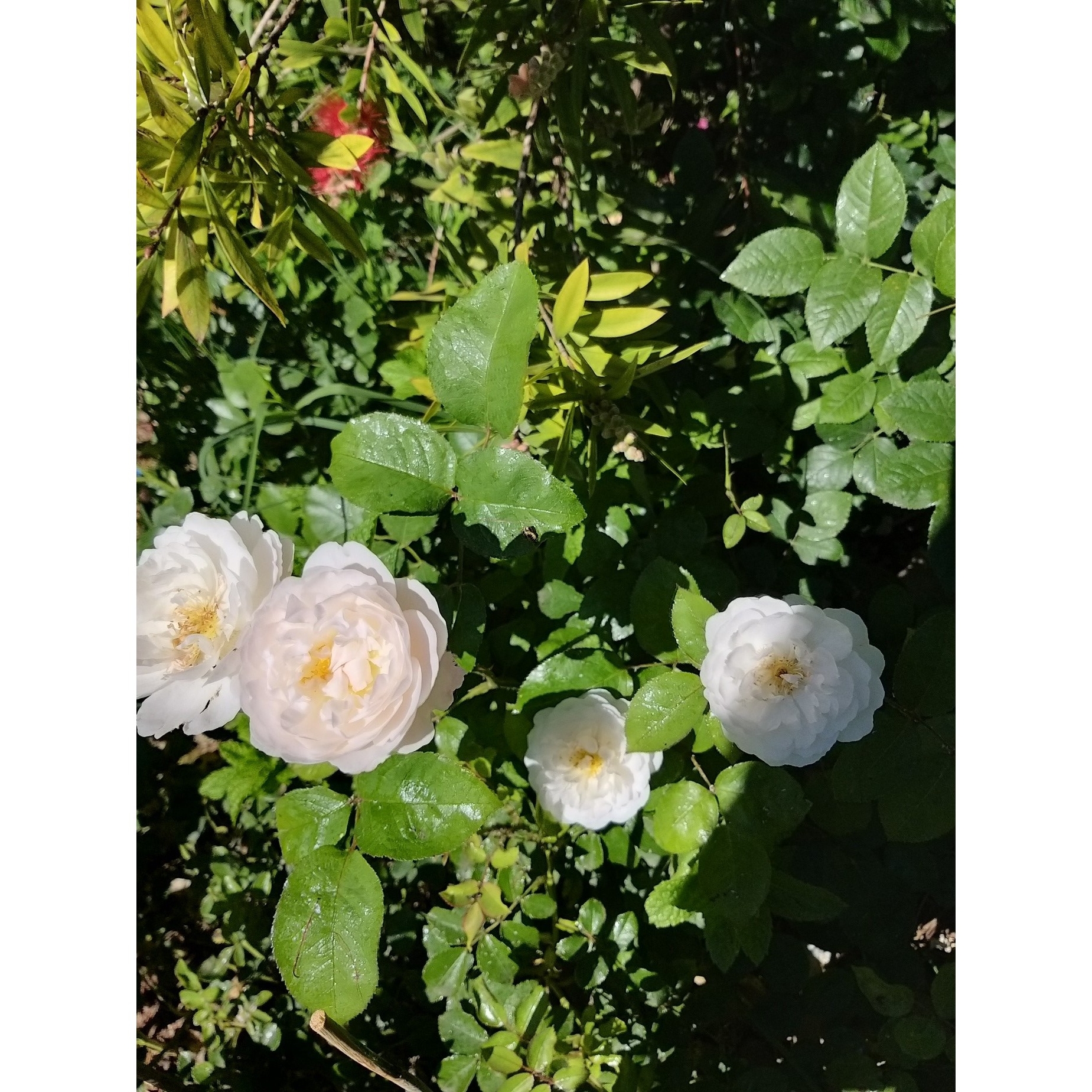
Thierry P.

May flowering - image 4
Thierry P. • 84 FR
Rosa 'Winchester Cathedral' - English Rose
Rosa Winchester Cathedral 'Auscat'
Auscat
My first rose bush, bought three years ago, has therefore mutated quite quickly. It gives me half white roses and half deep pink roses, which is lovely. :-)
Laure, 05/07/2021
Special offer!
Receive a €20 voucher for any order over €90 (excluding delivery costs, credit notes, and plastic-free options)!
1- Add your favorite plants to your cart.
2- Once you have reached €90, confirm your order (you can even choose the delivery date!).
3- As soon as your order is shipped, you will receive an email containing your voucher code, valid for 3 months (90 days).
Your voucher is unique and can only be used once, for any order with a minimum value of €20, excluding delivery costs.
Can be combined with other current offers, non-divisible and non-refundable.
We guarantee the quality of our plants for a full growing cycle, and will replace at our expense any plant that fails to recover under normal climatic and planting conditions.
Description
The 'Winchester Cathedral' Rose is a beautiful variety, both floriferous and of great class. This bush, with its open shapes, being a perpetual flowering variety, offers a flowering of immaculate white, impressive in its purity and generosity throughout the summer. It is also known as the White Mary Rose, in memory of its parent with pink flowers from which it inherited all its qualities. Its rose, modelled after old roses, blooms in a well-double corolla, slightly crumpled, with a subtle fragrance.
This rose belongs to the family of English Roses, a term coined by the breeder David Austin himself. These roses are obtained by cross-breeding an old rose (gallica, bourbon,...) with a Hybrid Tea or a Floribunda. English Roses are well known for being perfectly perpetual, and their flowers are renowned for being beautiful, regular and highly scented rosettes.
Winchester Cathedral is a well-branched bush rose that constantly produces new shoots. This variety does not exceed 1.20m (4ft) in height by 1m (3ft) in diameter, so it remains quite short and is perfect for layering in a rose bed at the forefront of taller varieties. It is directly descended from the David Austin Mary Rose rose, and in certain conditions, it can produce flowers that are more or less tinged with pink, sometimes half white and half pink. The flowering occurs from June to September, throughout the summer, in successive waves, as long as faded flowers are regularly removed and the plant is not lacking in water or nutrients. The large white buds, slightly streaked with carmine red, open into large flowers of 10cm (4in), pure white. In the form of very double cups, they are composed of more than 40 white petals and exhale a scent of old rose, softened by notes of honey and almond flowers. Its foliage is a medium green, rather matte. Its disease resistance is more or less good depending on the climate and growing conditions.
The immaculate flowers of Winchester Cathedral blend well with all other colours in the garden. This bush with moderate growth easily integrates into shrub beds such as buddleias, lilacs, spireas, deutzias, mock oranges, kolkwitzias, or perennials, bringing exuberance and fragrance. It will also accompany delicate annuals and even grasses in mixed borders, whose tufted foliage will hide its sometimes naked base. English roses are magnificent when planted in groups of three; they form a superb mass of flowers late into the season.
Obtained by David Austin in 1988.
Plant habit
Flowering
Foliage
Botanical data
Rosa
Winchester Cathedral 'Auscat'
Rosaceae
Auscat
Cultivar or hybrid
Rosa canina Laxa (Wrapped bare root)
Planting and care
Plant your English Rose 'Winchester Cathedral' in a location with ample sunlight or lightly shaded. English roses are tolerant to different soil types but do not thrive in soil with excessive limestone. These roses can grow in any garden if the soil is well-worked, not too heavy, and rich enough. To plant your rose, crumble the soil and add an amendment, such as blood, fish and bone, to the bottom of the planting hole. After planting, water generously to remove any pockets of air, and regularly for the first few weeks to help with rooting.
Pruning English roses is essential for better flowering. At the end of winter, in February-March, shorten the branches to 3-5 buds above the ground (at the lowest), choosing an outward-facing bud for a more elegant look. While pruning, remove any dead wood and unsightly branches. Make sure to prune at a slant above a bud. As the flowers bloom, remove faded flowers to stimulate the development of other buds.
Roses often have stains or may look unsightly towards the end of summer. However, this is not a problem for their development. These stains are natural and do not harm the rose.
Planting period
Intended location
Care
Planting & care advice
-
, onOrder confirmed
Reply from on Promesse de fleurs
Haven't found what you were looking for?
Hardiness is the lowest winter temperature a plant can endure without suffering serious damage or even dying. However, hardiness is affected by location (a sheltered area, such as a patio), protection (winter cover) and soil type (hardiness is improved by well-drained soil).

Photo Sharing Terms & Conditions
In order to encourage gardeners to interact and share their experiences, Promesse de fleurs offers various media enabling content to be uploaded onto its Site - in particular via the ‘Photo sharing’ module.
The User agrees to refrain from:
- Posting any content that is illegal, prejudicial, insulting, racist, inciteful to hatred, revisionist, contrary to public decency, that infringes on privacy or on the privacy rights of third parties, in particular the publicity rights of persons and goods, intellectual property rights, or the right to privacy.
- Submitting content on behalf of a third party;
- Impersonate the identity of a third party and/or publish any personal information about a third party;
In general, the User undertakes to refrain from any unethical behaviour.
All Content (in particular text, comments, files, images, photos, videos, creative works, etc.), which may be subject to property or intellectual property rights, image or other private rights, shall remain the property of the User, subject to the limited rights granted by the terms of the licence granted by Promesse de fleurs as stated below. Users are at liberty to publish or not to publish such Content on the Site, notably via the ‘Photo Sharing’ facility, and accept that this Content shall be made public and freely accessible, notably on the Internet.
Users further acknowledge, undertake to have ,and guarantee that they hold all necessary rights and permissions to publish such material on the Site, in particular with regard to the legislation in force pertaining to any privacy, property, intellectual property, image, or contractual rights, or rights of any other nature. By publishing such Content on the Site, Users acknowledge accepting full liability as publishers of the Content within the meaning of the law, and grant Promesse de fleurs, free of charge, an inclusive, worldwide licence for the said Content for the entire duration of its publication, including all reproduction, representation, up/downloading, displaying, performing, transmission, and storage rights.
Users also grant permission for their name to be linked to the Content and accept that this link may not always be made available.
By engaging in posting material, Users consent to their Content becoming automatically accessible on the Internet, in particular on other sites and/or blogs and/or web pages of the Promesse de fleurs site, including in particular social pages and the Promesse de fleurs catalogue.
Users may secure the removal of entrusted content free of charge by issuing a simple request via our contact form.
The flowering period indicated on our website applies to countries and regions located in USDA zone 8 (France, the United Kingdom, Ireland, the Netherlands, etc.)
It will vary according to where you live:
- In zones 9 to 10 (Italy, Spain, Greece, etc.), flowering will occur about 2 to 4 weeks earlier.
- In zones 6 to 7 (Germany, Poland, Slovenia, and lower mountainous regions), flowering will be delayed by 2 to 3 weeks.
- In zone 5 (Central Europe, Scandinavia), blooming will be delayed by 3 to 5 weeks.
In temperate climates, pruning of spring-flowering shrubs (forsythia, spireas, etc.) should be done just after flowering.
Pruning of summer-flowering shrubs (Indian Lilac, Perovskia, etc.) can be done in winter or spring.
In cold regions as well as with frost-sensitive plants, avoid pruning too early when severe frosts may still occur.
The planting period indicated on our website applies to countries and regions located in USDA zone 8 (France, United Kingdom, Ireland, Netherlands).
It will vary according to where you live:
- In Mediterranean zones (Marseille, Madrid, Milan, etc.), autumn and winter are the best planting periods.
- In continental zones (Strasbourg, Munich, Vienna, etc.), delay planting by 2 to 3 weeks in spring and bring it forward by 2 to 4 weeks in autumn.
- In mountainous regions (the Alps, Pyrenees, Carpathians, etc.), it is best to plant in late spring (May-June) or late summer (August-September).
The harvesting period indicated on our website applies to countries and regions in USDA zone 8 (France, England, Ireland, the Netherlands).
In colder areas (Scandinavia, Poland, Austria...) fruit and vegetable harvests are likely to be delayed by 3-4 weeks.
In warmer areas (Italy, Spain, Greece, etc.), harvesting will probably take place earlier, depending on weather conditions.
The sowing periods indicated on our website apply to countries and regions within USDA Zone 8 (France, UK, Ireland, Netherlands).
In colder areas (Scandinavia, Poland, Austria...), delay any outdoor sowing by 3-4 weeks, or sow under glass.
In warmer climes (Italy, Spain, Greece, etc.), bring outdoor sowing forward by a few weeks.


































